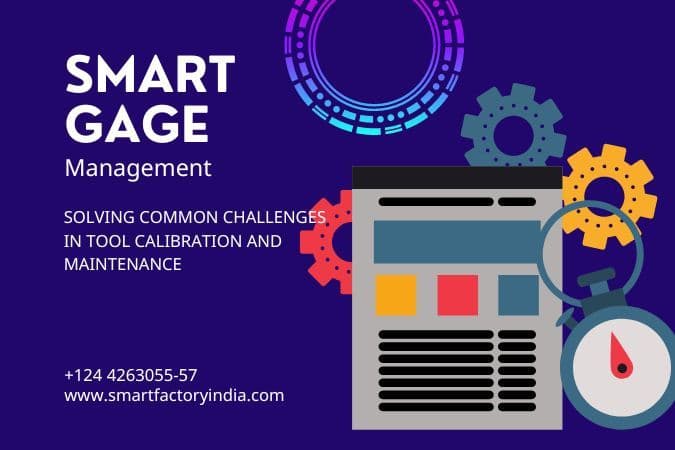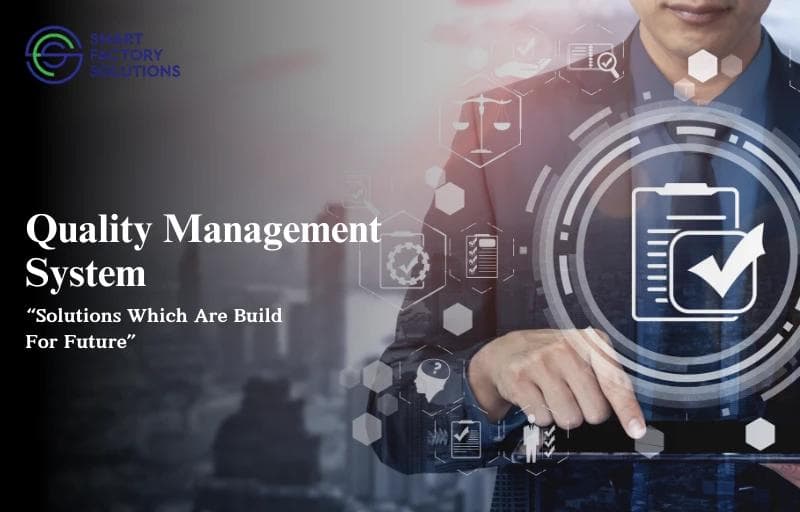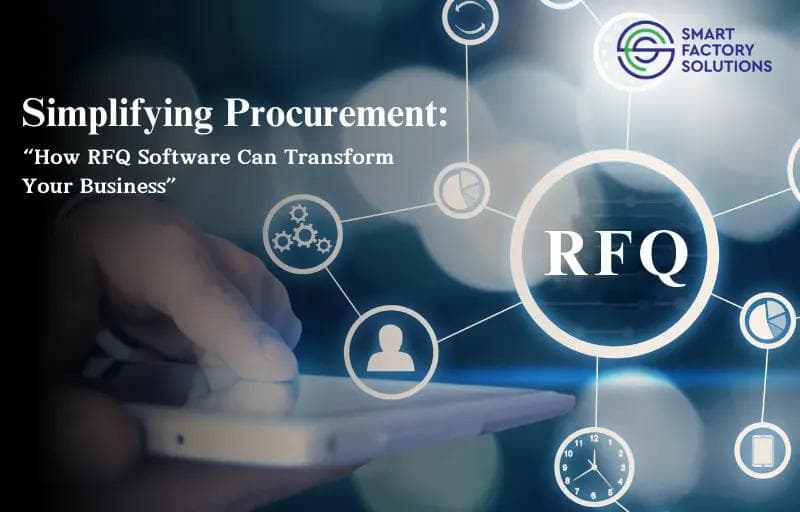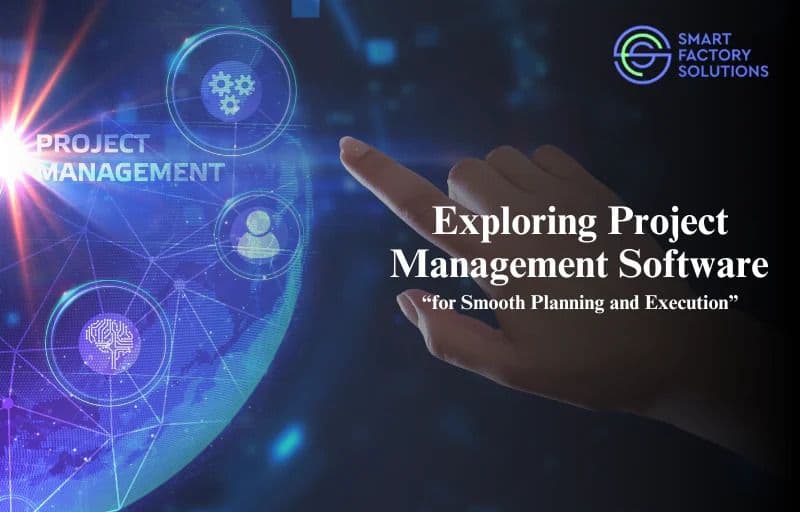Back
Solving Common Challenges in Tool Calibration and Maintenance

In the world of manufacturing, tool calibration and maintenance play a crucial role in ensuring product quality and compliance. However, many organizations face common challenges that can hinder these processes. In this blog post, we will explore some of these challenges and discuss practical solutions to overcome them. By addressing these issues, you can optimize your tool management practices and improve overall operational efficiency.
- Managing Calibration Schedules: One of the key challenges in tool calibration is managing the schedules effectively. Keeping track of when each tool needs to be calibrated can be a daunting task, especially with a large inventory. Implementing a centralized system or software solution that automates and reminds you of upcoming calibrations can greatly simplify this process and ensure timely calibration.
- Tracking Tool Inventories: Another challenge is accurately tracking tool inventories. It can be time-consuming and error-prone to manually keep tabs on the location, usage, and status of each tool. By utilizing tool management software, you can maintain a centralized database of your tools, track their movement, and easily access their maintenance history. This not only saves time but also improves overall efficiency.
- Ensuring Traceability: Traceability is critical in tool calibration and maintenance. It involves maintaining records of calibration results, certificates, and other relevant documentation. Storing this information in a secure and easily accessible manner is essential for audits and compliance purposes. Adopting a digital documentation system or cloud-based storage solution can simplify traceability and ensure data integrity.
- Maintaining Compliance: Compliance with industry standards and regulations is a challenge faced by many organizations. Tool calibration and maintenance practices must align with these requirements to ensure product quality and regulatory compliance. Regularly reviewing and updating your calibration procedures, staying updated with industry standards, and conducting internal audits can help maintain compliance and avoid potential issues.
- Training and Skill Development: One often overlooked challenge is ensuring that staff members responsible for tool calibration and maintenance are adequately trained and skilled. Providing training programs and continuous professional development opportunities can enhance their knowledge and skills, resulting in more effective calibration and maintenance practices.
By addressing the common challenges in tool calibration and maintenance, you can streamline your processes, improve efficiency, and ensure high-quality products. Implementing the right tools, software solutions, and training programs can make a significant difference. Remember, effective tool calibration and maintenance are essential for achieving operational excellence and customer satisfaction in the manufacturing industry.



